Description
Of the 198 species of woodpeckers worldwide, 13 are found in Canada. The smallest and perhaps most familiar species in Canada is the Downy Woodpecker Picoides pubescens. It is also the most common woodpecker in eastern North America.
This woodpecker is black and white with a broad white stripe down the back from the shoulders to the rump. Its wings are checkered in a black and white pattern that shows through on the wings’ undersides, and the breast and flanks are white. The crown of the head is black; the cheeks and neck are adorned with black and white lines. Male and female Downy Woodpeckers are about the same size, weighing from 21 to 28 g. The male has a small scarlet patch, like a red pompom, at the back of the crown.
The Downy Woodpecker looks much like the larger Hairy Woodpecker Picoides villosus, but there are some differences between them. The Downy’s outer tail feathers are barred with black, unlike the Hairy Woodpecker’s, which are all white. The Downy is about 6 cm smaller than the Hairy, measuring only 15 to 18 cm from the tip of its bill to the tip of its tail. And the Downy’s bill is shorter than its head, whereas the Hairy’s bill is as long as or longer than its head length. The Downy’s name refers to the soft white feathers of the white strip on the lower back, which differ from the more hairlike feathers on the Hairy Woodpecker.
Woodpeckers are a family of birds sharing several characteristics that separate them from other avian families. Most of the special features of their anatomy are associated with the ability to dig holes in wood. The straight, chisel-shaped bill is formed of strong bone overlaid with a hard covering and is quite broad at the nostrils in order to spread the force of pecking. A covering of feathers over the nostrils keeps out pieces of wood and wood powder. The pelvic bones are wide, allowing for attachment of muscles strong enough to move and hold the tail, which is important for climbing.
Another special anatomical trait of woodpeckers is the long, barbed tongue that searches crevices and cracks for food. The salivary glands produce a sticky, glue-like substance that coats the tongue and, along with the barbs, makes the tongue an efficient device for capturing insects.
Signs and sounds
As early as February or March a Downy Woodpecker pair indicate that they are occupying their nesting site by flying around it and by drumming short, fast tattoos with their bills on dry twigs or other resonant objects scattered about the territory. The drumming serves as a means of communication between the members of the pair as well. Downys also have a variety of calls. They utter a tick, tchick, tcherrick, and both the male and the female add a sharp whinnying call during the nesting season.
Hatchlings give a low, rhythmic pip note, which seems to indicate contentment. When a parent enters the nest cavity, the nestlings utter a rasping begging call, which becomes stronger and longer as the chicks mature.
 Back to top
Back to top
Habitat and Habits
Woodpeckers live where trees grow. The Downy Woodpecker is at home in a variety of wooded areas across its range, in the northern mixed forests and in the deciduous forests farther south, in woodlots and parklands, in orchards, and even in city parks and neighbourhoods. It prefers places where broad-leaved trees, such as poplars, birches, and ashes, let in the light among the evergreens. Forest edges and areas around openings in the denser forests are also favoured places. In the western part of its range, the Downy Woodpecker can be found in alder and willow growth. The Downy shares these habitats with other kinds of woodpeckers, but there are differences in their selection of nest sites and in their choice of food. Each species thus occupies its own niche in the environment.
Like most woodpeckers, the Downy is a climber. Its short legs and two toes pointing forwards and two backwards on each foot give the bird an excellent grip for climbing. It climbs by propping its stiff, sharply pointed tail feathers against the support while shifting its leghold. With its body close to the trunk or branch and its head bobbing, the bird "hitches" upwards, backs down spiralling, and nimbly darts sideways at incredible speed.
Unique characteristics
As the smallest North American woodpecker, the Downy can drill cavities in dead trees or limbs that measure as little as 10 cm around. This means that it can live in a wider range of habitat than can larger woodpeckers, which require bigger trees in which to create their nests.
 Back to top
Back to top
Range
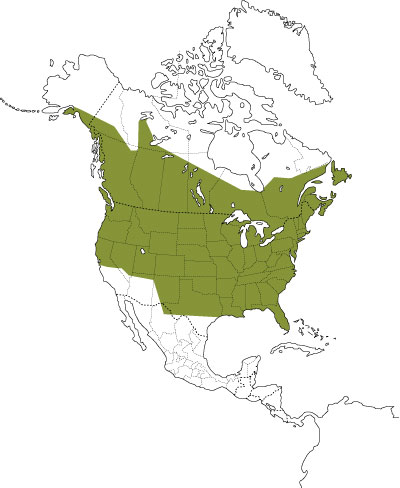
Distribution of the Downy Woodpecker
The Downy Woodpecker is found over the greater part of the North American continent, from the states bordering the Gulf of Mexico northwards. In Canada in the northernmost part of its range, it is found from the island of Newfoundland across to James Bay, the northern Prairie Provinces, the southern Mackenzie District of the Northwest Territories, northern British Columbia, and Yukon. Downy Woodpeckers in the northern parts of the range migrate southward in the winter, but these migrations, which depend on the available food supplies, are somewhat irregular.
 Back to top
Back to top
Feeding
In the spring and summer the Downy Woodpecker feeds on flying and hidden insect life, as it becomes available. After the young hatch, the need to select food suitable for the nestlings at various stages of growth and gradually to increase the speed of the feedings compels the Downy Woodpecker to seek larger and more easily caught prey, such as caterpillars, mayflies, and moths. The Downy also eats small wild fruits in season.
After the nesting period, the Downy Woodpecker resumes its specialized feeding habits. It hunts down small insects and larvae that infest trees and lie hidden in cracks and crannies along branchlets, twigs, and trunks. In fact, the Downy consumes enormous numbers of insects. More than 75 percent of the bird’s diet consists of insects, a large portion of which include wood-boring beetles and other insects that affect the economy. For example, one study has showed that Downy Woodpeckers reduced the overwintering population of codling moths, a major threat to apple orchards and other fruit-growing operations, by 52 percent. Other studies have shown that Downys help suppress bark beetle infestations. During the 1950s and 1960s, the Downy Woodpecker in eastern North America fed extensively on the elm bark beetle, which was responsible for dispersing Dutch elm disease.
The Downy’s small size enables it to hunt along the upper branches of trees, while the larger, heavier woodpecker species concentrate on more solid areas such as the trunk. Unlike some other species, such as the Red-headed Woodpecker Melanerpes erythrocephalus, Downy Woodpeckers do not cache, or hide, food for winter. During the winter a pair of Downy Woodpeckers may do a thorough job of ridding an infested tree of tiny scale insects. With its sharp bill boring small round holes or prying open the insects’ hiding places, the woodpecker fetches out food with its long agile tongue. Often the birds spend most of the daylight hours going over areas of good yield in the same trees, until they retire just before sunset, each to its own sleeping hole in the trunk of a tree.
Males tend to forage on smaller branches where more food is available, females on larger branches and trunks of trees. Scientists believe that this behaviour is related to male dominance. The extent and pattern of these differences may vary from region to region.
 Back to top
Back to top
Breeding
Downy Woodpeckers breed during the first breeding season following the year they were born. They usually form pairs in early spring and will often return to the same nesting area of approximately 2 ha every year of their adult life. Male and female Downys usually occupy separate sleeping holes in the trunks of trees, and they may even select the same sleeping holes they had excavated in an earlier season.
During the breeding season Downy Woodpeckers defend their territory against other Downys that trespass. Encounters with intruders result in hostile displays: the opponents parade in front of each other in threatening poses, with bills gaping and wings raised and fully opened, the birds twisting and turning like small windmills. The Downy male engages the male trespassers and the female the females, while their respective partners look on. These demonstrations may continue for several hours but seldom end in actual fighting. Usually the intruder is chased away or simply disappears.
After establishing their territory, the Downy pair look for a suitable tree in which to excavate their nest cavity. They are especially attracted to dead trees or stubs dotted with old holes from former nestings. They may start several holes in different trees before the final choice is made, usually by the female. The entrance hole is round and is usually from 3.6 to 9.0 m above ground, although it may be higher or lower.
The pair require about two or three weeks to excavate their nest hole, which measures from 12 to 15 cm wide and about 20 to 30 cm deep. The entrance is through a short narrow neck at the top.
The male does most of the drilling. He spends nearly half of the daylight hours each day working on the hole in average sessions of about 20 minutes, resting and feeding in between. First he chisels out the passage, making it just wide enough for himself and his mate to squeeze through. Laboriously he taps and digs out the walls of the cavity, widening and deepening the room inside and throwing the loose chips out over his shoulder. When the hole is deep enough to allow him to turn around inside, he brings the chips out in his bill and scatters them with a shake of the head. After that, he usually sleeps in the cavity at night.
The female occupies herself flying around, feeding, and chasing intruders. When the nest hole nears completion, she becomes more interested in it and begins to work on it diligently. The two devote most of their free time to courtship involving calling and drumming, pursuits, and displays.
The female Downy Woodpecker usually lays four or five white eggs and occasionally six or seven. During the egg-laying, the male and the female take turns guarding the nest by sitting in the doorway.
When the birds begin incubating, or warming, the eggs, they take turns sitting on them during the day in shifts lasting from 15 to 30 minutes. Most changeovers take place at the nest. At night the male remains on the eggs alone while the female sleeps elsewhere. In this manner, the eggs are covered nearly all of the time during the Downy Woodpeckers’ 12-day incubation period.
When the young woodpeckers hatch, which occurs in Canada from early May to July, depending on the part of the country, they are tiny helpless creatures, almost naked, sprawled at the bottom of the cavity. They weigh about 1.6 g, a weight that may more than double in the first day. For a few days the parents warm the nestlings as they did the eggs and occasionally bring them small insects for food.
As the nestlings grow, the parents gradually stop brooding, or keeping them warm, and they spend more time collecting food for their young. When the parent arrives at the nest with food in its bill, there is a swell in the nestlings’ chippering noises. The parent dives headfirst into the cavity and touches the corner of a nestling’s mouth with its beak. As the mouth springs open, the parent pushes the meal down the nestling’s throat. And while the nestling subsides, the parent picks up a fecal sac, or dropping, and flies away with it.
In this way, the nestlings are fed and their nest is kept clean until they are 17 or 18 days old, when they are almost fully grown. They look like their parents, except that the crowns of the young males are tinted red or rust-red or pinkish, and those of the females are striped or dotted with white. The young ones are now able to crawl up the walls of the cavity and take turns sitting in the doorway, looking out. To meet the nestlings’ increasing demands for food, the parents bring large meals about every three minutes. Each of four nestlings is therefore fed four or five times an hour.
As the time approaches for the young to leave the nest the parents slow down the feedings, making the nestlings livelier and hungrier. The nestling in the doorway pops in and out with great vigour and calls loudly, but it is in no hurry to leave the nest. Almost a day passes before the fledgling, now as large as its parents and spotlessly clean, pops out far enough to spread its untried wings. Its first flight is usually to the nearest tree, where it often remains motionless for about an hour.
When the fledglings are all out, they hide among the green leaves in the tall trees and call for the parents to come and feed them. Within a week they follow their parents in search of food. The parents also continue to feed them, bringing them such things as fat grubs, often as big as the fledglings’ own heads. At the age of three or four weeks the young birds are fully capable of looking after themselves. However, it is at this stage in the life cycle that mortality is greatest, when the young are out of the nest and no longer protected by the vigilance of their parents.
The adult birds begin to moult their worn and dirty plumage while the young are still in the nest. The strong, central pair of tail feathers is moulted, or shed and replaced, only after all the other tail feathers have been replaced. This ensures that the woodpecker’s climbing ability is not hampered during the moulting period. The complete moult takes about two months, during which time each bird keeps much to itself, resting and feeding. When the moult is over in September, the Downy Woodpecker emerges with the white part of its fresh winter plumage showing a faintly yellow tinge that eventually is lost by wear.
The young Downy Woodpeckers also shed their juvenile plumages. Their moult starts in the summer and usually ends in full adult plumage by late fall. Their crowns are jet black, and at the back of the head the young males wear the bright red spot of the adult.
 Back to top
Back to top
Conservation
The Downy Woodpecker’s predators include the American Kestrel, the Sharp-shinned Hawk, and the Cooper’s Hawk. All of these birds can capture Downys while the woodpeckers are flying. The woodpecker’s first response to danger is to use a tree trunk or branch as a shield. Many a Downy Woodpecker has saved itself from the grasping talons of a hawk by dodging swiftly sideways behind the trunk of a tree.
Black rat snakes often prey on Downy eggs and nestlings, as do flying, red, and eastern grey squirrels. Nestlings raised in holes are, of course, much safer than those in open nests. The narrow entrance to the Downy Woodpecker’s nest, hewn to size, protects both the adults and the young from practically all predators except snakes. Even a squirrel, scratching and gnawing at the soft wood to get at the fledglings within, has a difficult time slipping past the watchful defender sitting in the passageway, its awl-like beak at the ready.
Some forest thinning is beneficial for the Downy Woodpecker, which does well in early second-growth forests, where there are more open stands of trees than in older forests. And while extensive forest clearing eliminates habitat for the Downy Woodpecker, the bird has survived in areas that have been cleared for agriculture. In these areas, the replacement of wooden fence posts — where the Downy Woodpecker bores roosts, or resting places — with metal posts seems to be the main concern. Overall, Downy Woodpecker populations are stable in North America, and in Canada, the numbers of the birds has even increased in the last 20 to 30 years.
 Back to top
Back to top
Resources
Online resources
Canadian Wildlife Federation, Wild About Birds poster
All About Birds, Downy Woodpecker
Audubon Field Guides, Downy Woodpecker
Print resources
Godfrey, W. E. 1986. The birds of Canada. Revised edition. National Museums of Canada, Ottawa.
Grier, K. 1985. Downy Woodpecker. Grolier, Toronto.
Jackson, J. A., and H. R. Ouellet. 2002. Downy Woodpecker (Picoides pubescens). In The Birds of North America, no. 613. A. Poole and F. Gill, editors. The Birds of North America, Inc., Philadelphia, Pennsylvania.
Kilham, L. 1983. Life history studies of woodpeckers of eastern North America. Cambridge University, Cambridge, Massachusetts.
Lawrence, L. de K. 1968. A comparative life-history study of four species of woodpeckers. Ornithological Monograph No.5. American Ornithologists’ Union.
Short, L. L. 1982. Woodpeckers of the world. Monograph Series No. 4. Delaware Museum of Natural History. Weidner Associates Inc., New Jersey.
© Her Majesty the Queen in Right of Canada, represented by the Minister of the Environment, 1989, 1996, 2003, 2005. All rights reserved.
Catalogue number CW69-4/27-2003E-IN
ISBN 0-662-34280-1
Text: Louise de Kiriline Lawrence
Revision: K. Dickson, 1988; C. M. Downes, 2003
Editing: Maureen Kavanagh, 2003, 2005
Photo: Gordon Court









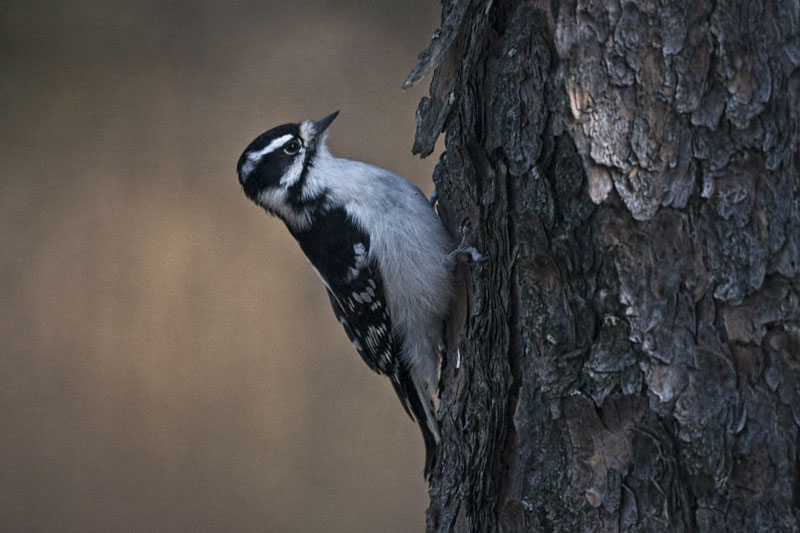
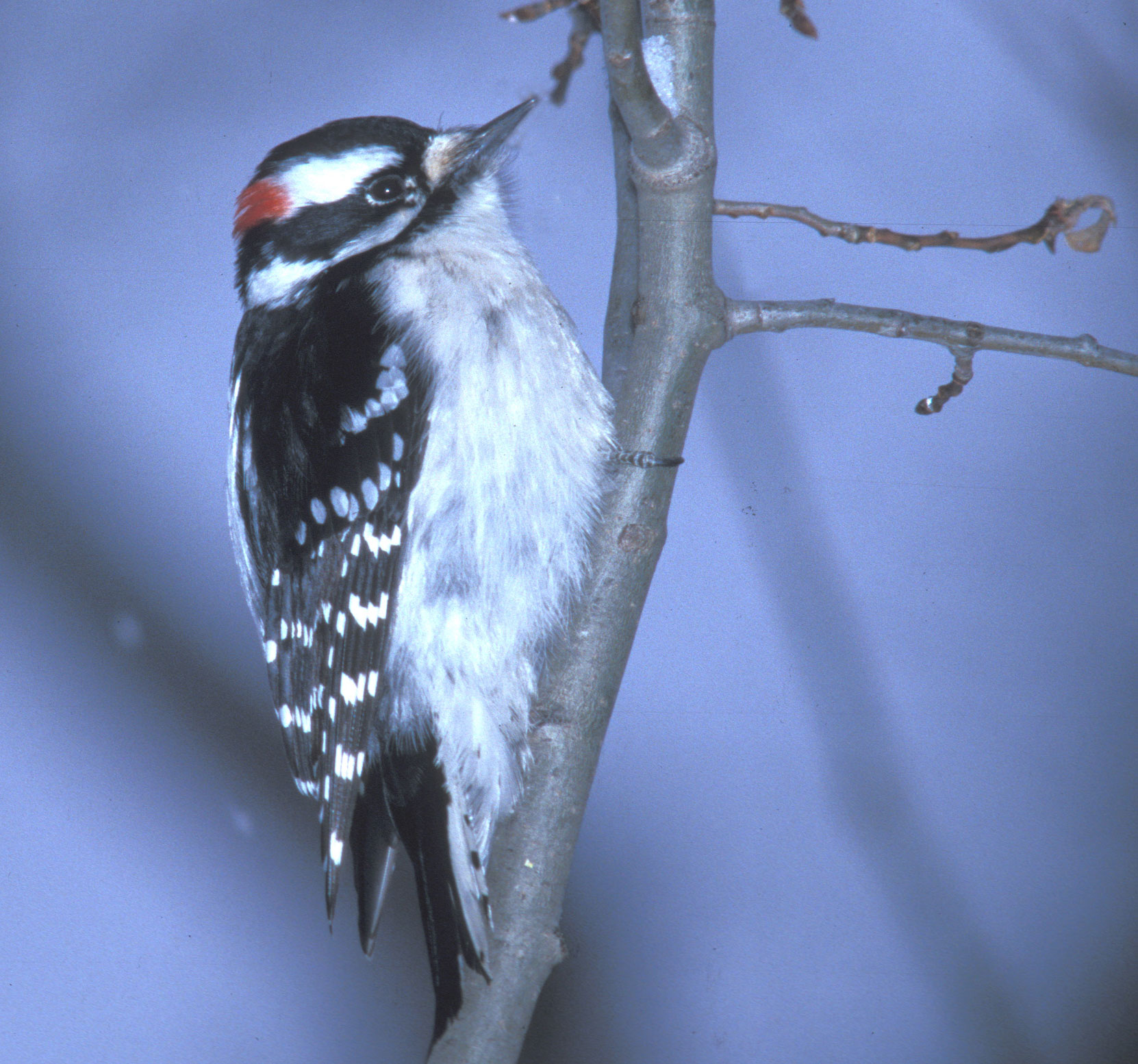
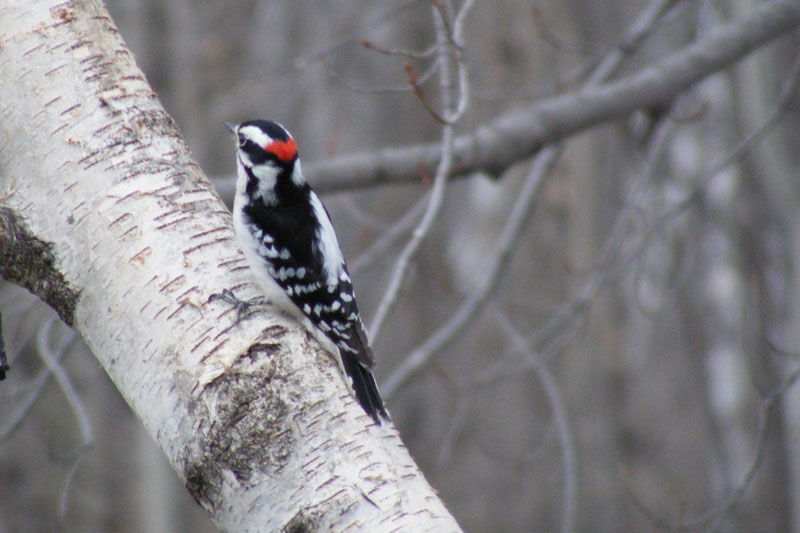
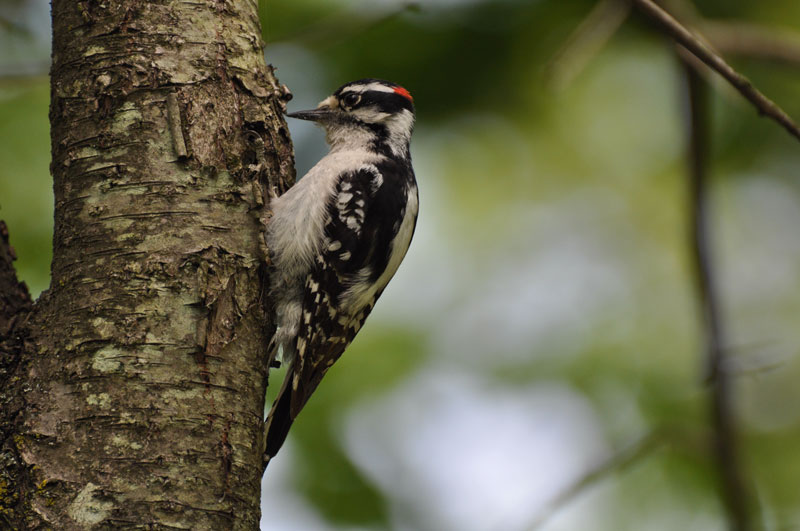
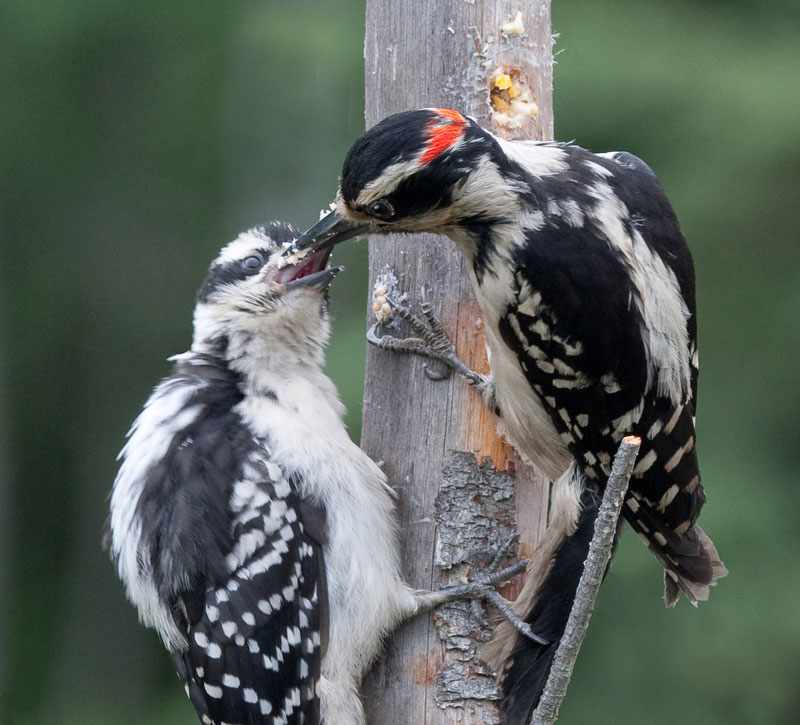



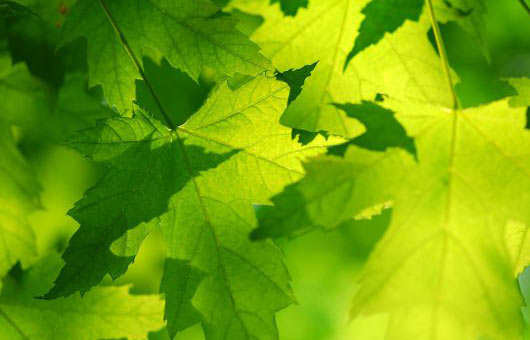
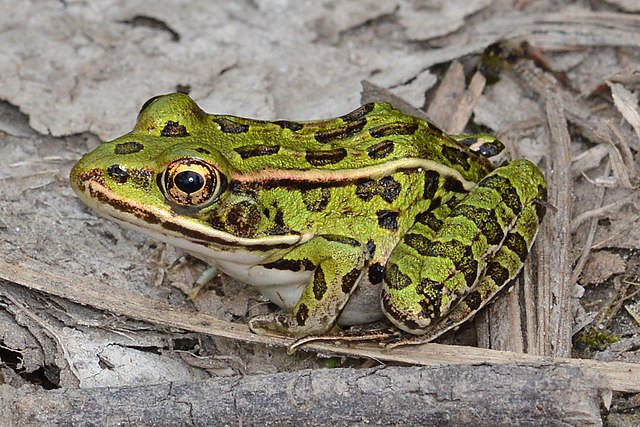
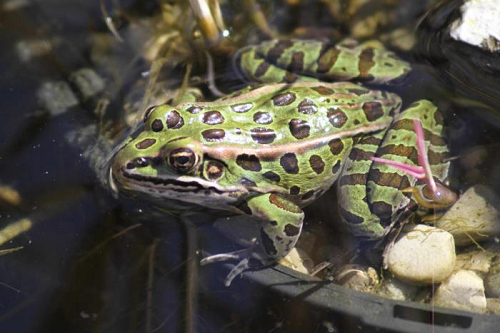
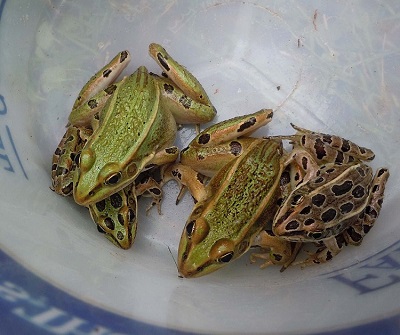
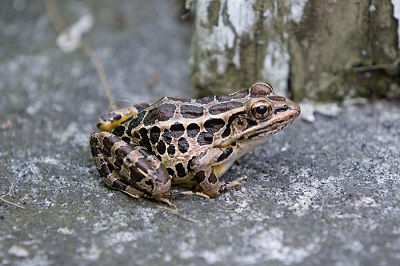

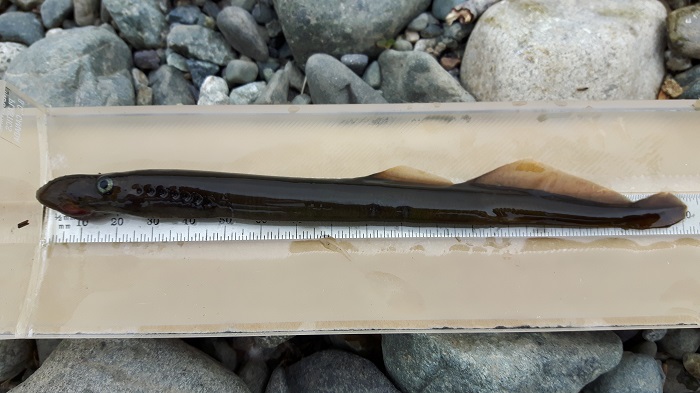
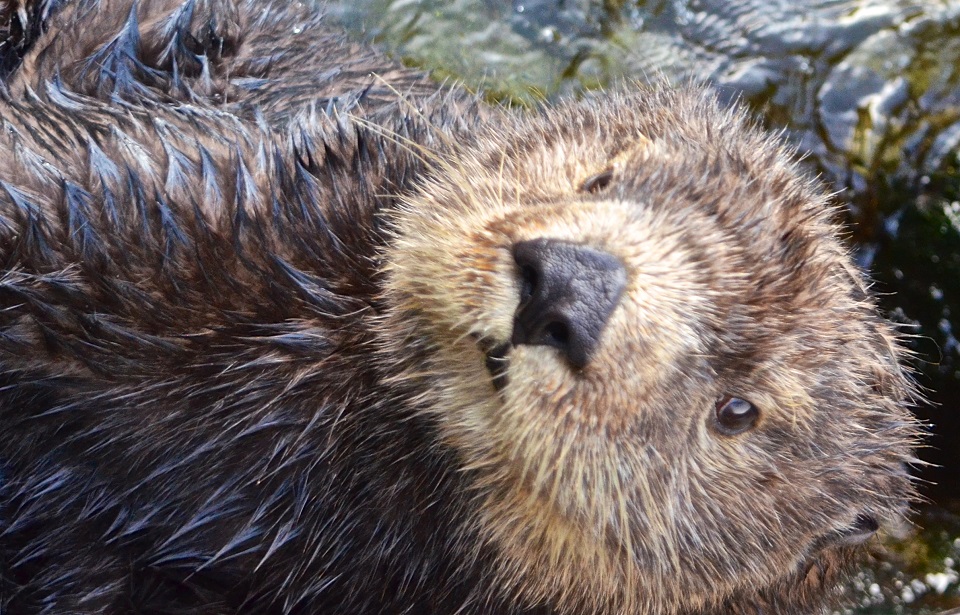

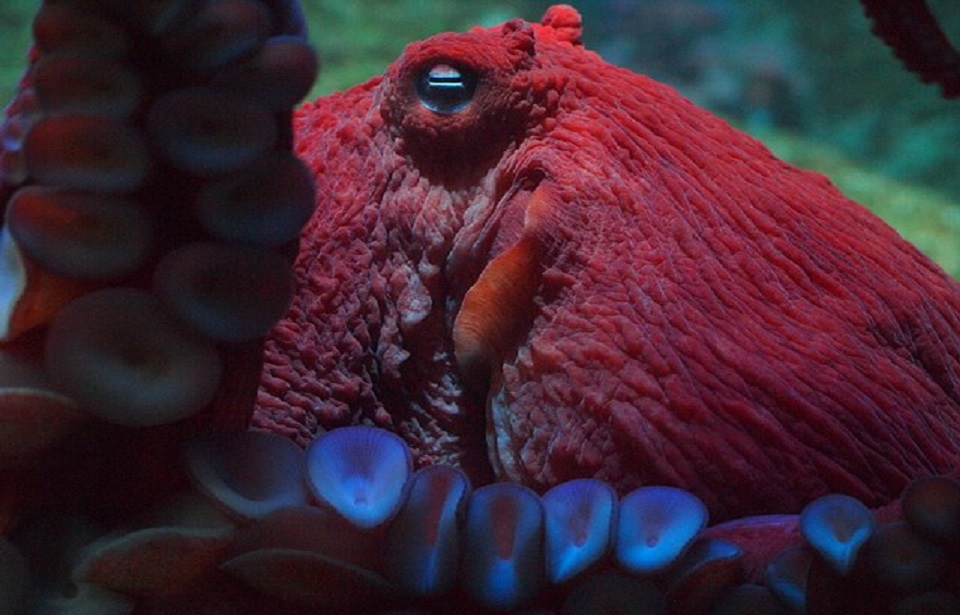
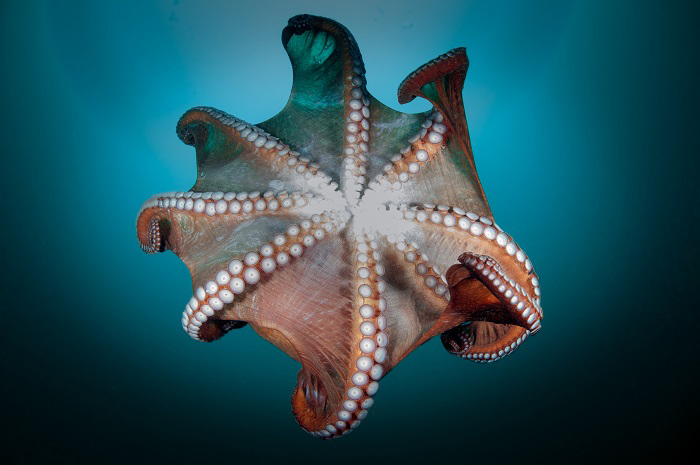

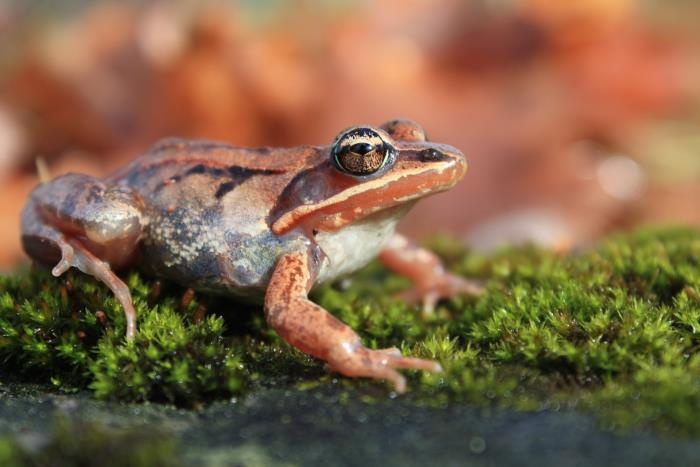

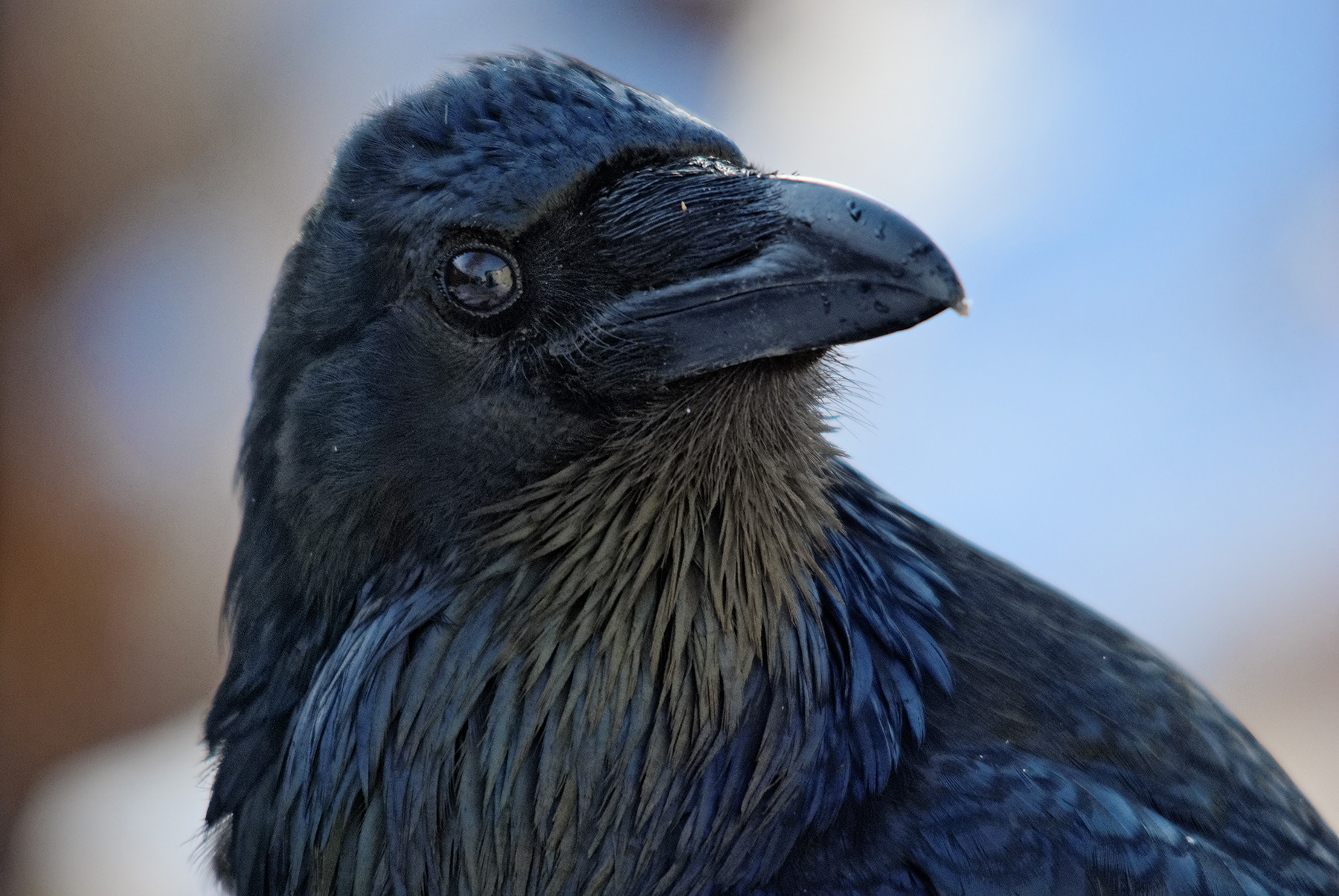
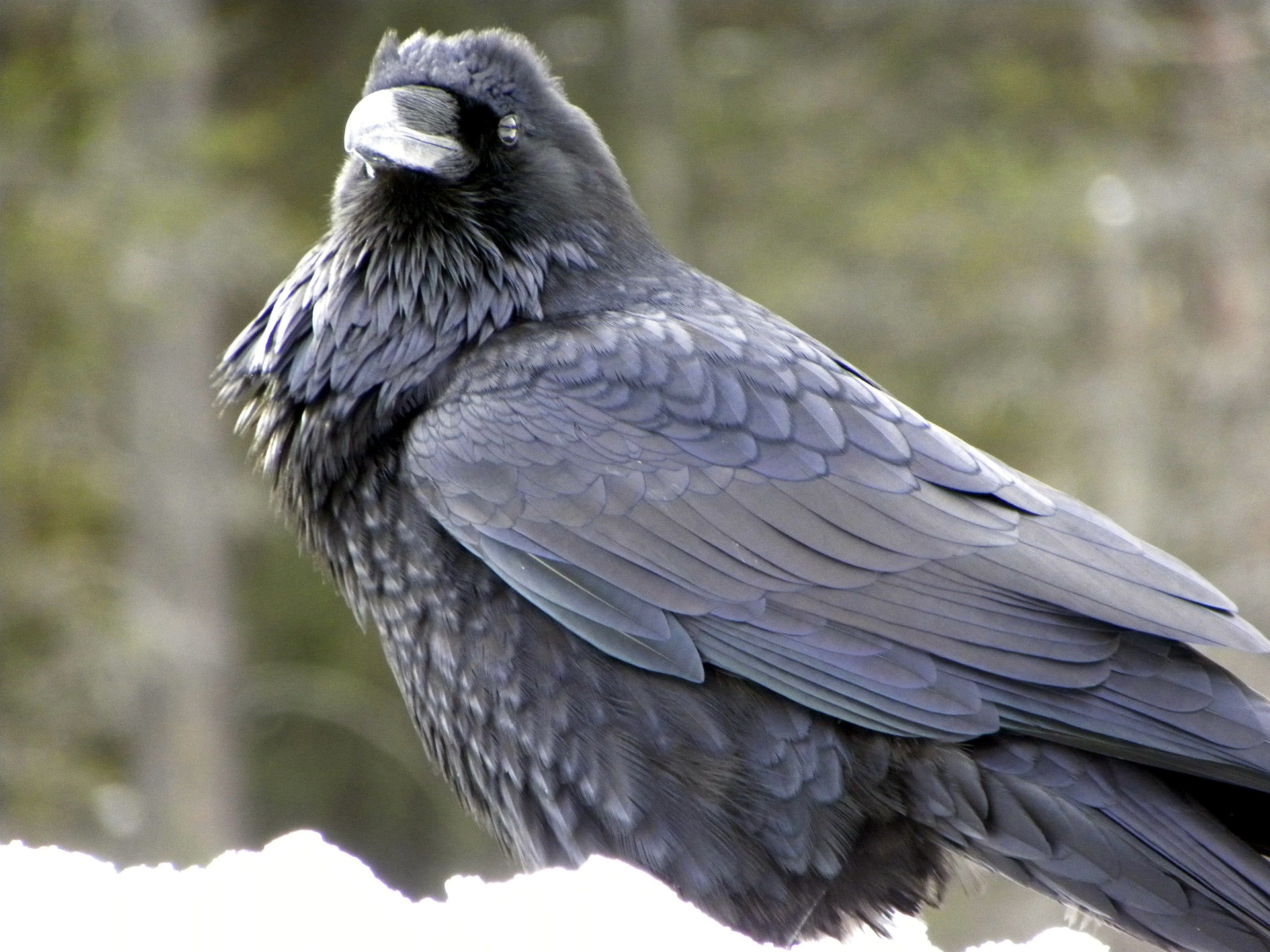

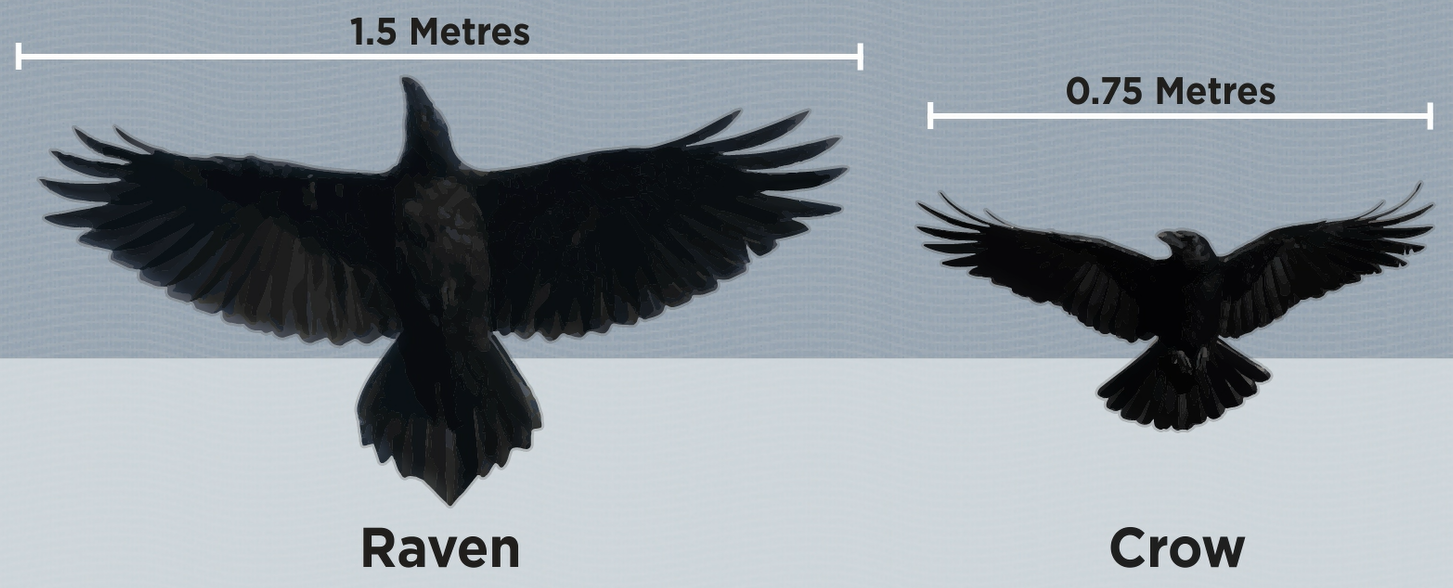
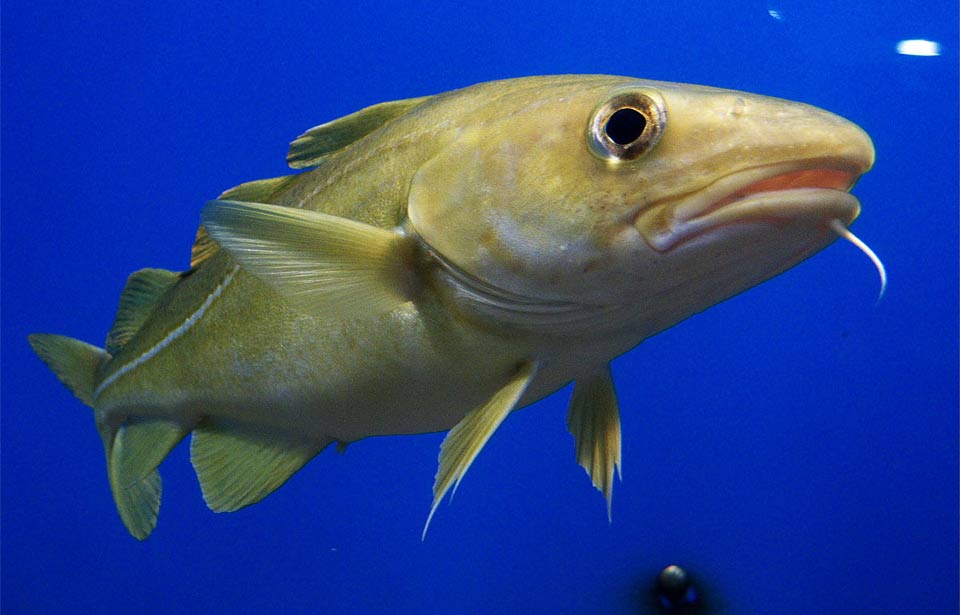
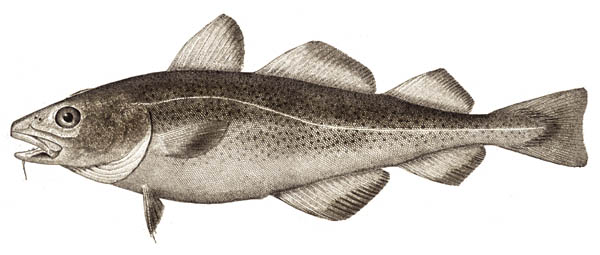 The Atlantic Cod (Gadus morhua) is a medium to large saltwater fish: generally averaging two to three kilograms in weight and about 65 to 100 centimetres in length, the largest cod on record weighed about 100 kg and was more than 180 cm long! Individuals living closer to shore tend to be smaller than their offshore relatives, but male and female cod are not different in size, wherever they live.
The Atlantic Cod (Gadus morhua) is a medium to large saltwater fish: generally averaging two to three kilograms in weight and about 65 to 100 centimetres in length, the largest cod on record weighed about 100 kg and was more than 180 cm long! Individuals living closer to shore tend to be smaller than their offshore relatives, but male and female cod are not different in size, wherever they live.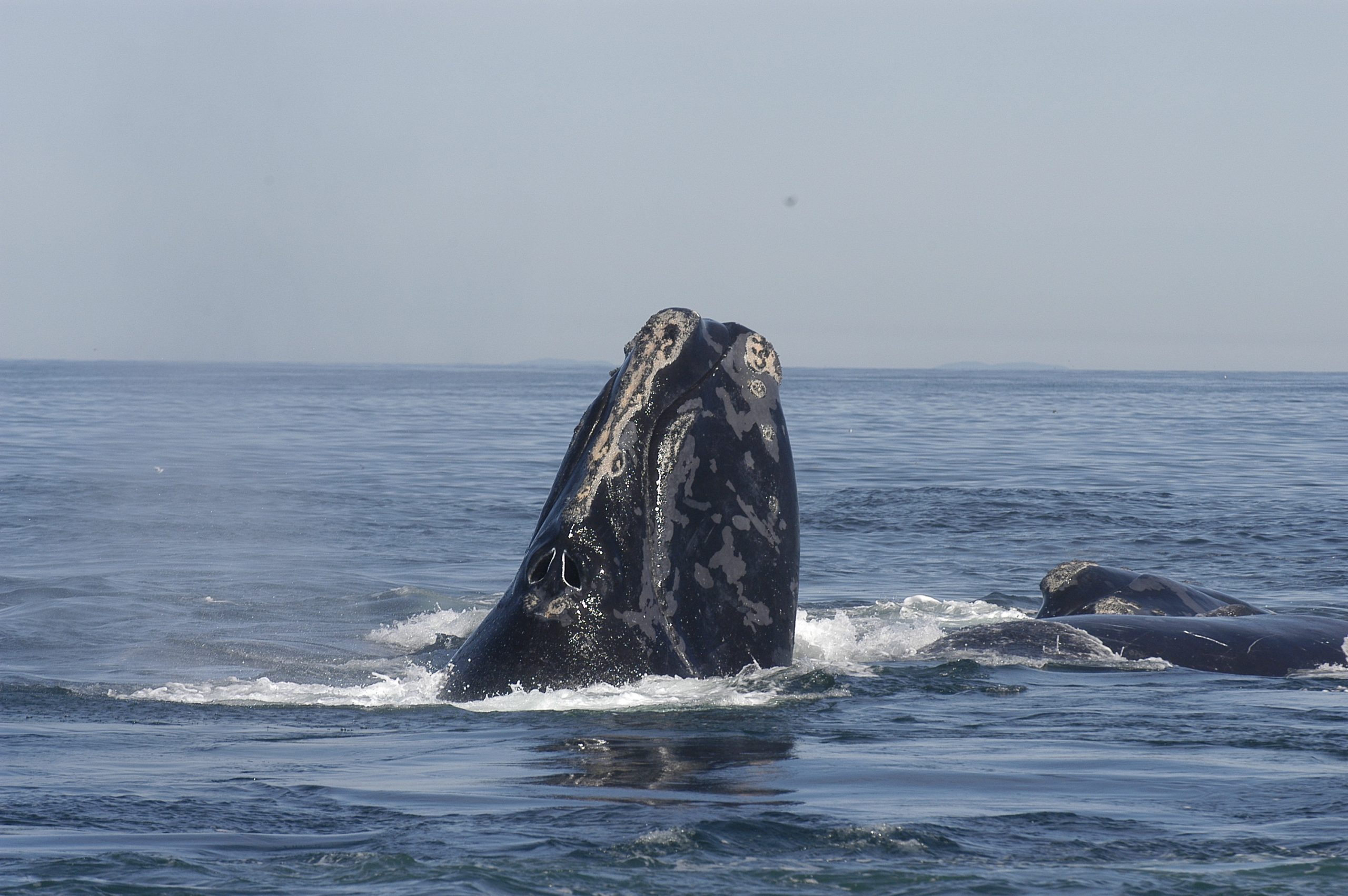
 The North Atlantic Right Whale (Eubalæna glacialis) is one of the rarest of the large whales. It can weigh up to 63,500 kilograms and measure up to 16 metres. That’s the length of a transport truck and twice the weight! Females tend to be a bit larger than males – measuring, on average, one metre longer. Considering its weight, it’s fairly short, giving it a stocky, rotund appearance. Its head makes up about a fourth of its body length, and its mouth is characterized by its arched, or highly curved, jaw. The Right Whale’s head is partially covered in what is called callosities (black or grey raised patches of roughened skin) on its upper and lower jaws, and around its eyes and blowhole. These callosities can appear white or cream as small cyamid crustaceans, called “whale lice”, attach themselves to them. Its skin is otherwise smooth and black, but some individuals have white patches on their bellies and chin. Under the whale’s skin, a blubber layer of sometimes more than 30 centimetres thick helps it to stay warm in the cold water and store energy. It has large, triangular flippers, or pectoral fins. Its tail, also called flukes or caudal fins, is broad (six m wide from tip to tip!), smooth and black. That’s almost the same size as the Blue Whale’s tail, even though Right Whales are just over half their size. Unlike most other large whales, it has no dorsal fin.
The North Atlantic Right Whale (Eubalæna glacialis) is one of the rarest of the large whales. It can weigh up to 63,500 kilograms and measure up to 16 metres. That’s the length of a transport truck and twice the weight! Females tend to be a bit larger than males – measuring, on average, one metre longer. Considering its weight, it’s fairly short, giving it a stocky, rotund appearance. Its head makes up about a fourth of its body length, and its mouth is characterized by its arched, or highly curved, jaw. The Right Whale’s head is partially covered in what is called callosities (black or grey raised patches of roughened skin) on its upper and lower jaws, and around its eyes and blowhole. These callosities can appear white or cream as small cyamid crustaceans, called “whale lice”, attach themselves to them. Its skin is otherwise smooth and black, but some individuals have white patches on their bellies and chin. Under the whale’s skin, a blubber layer of sometimes more than 30 centimetres thick helps it to stay warm in the cold water and store energy. It has large, triangular flippers, or pectoral fins. Its tail, also called flukes or caudal fins, is broad (six m wide from tip to tip!), smooth and black. That’s almost the same size as the Blue Whale’s tail, even though Right Whales are just over half their size. Unlike most other large whales, it has no dorsal fin.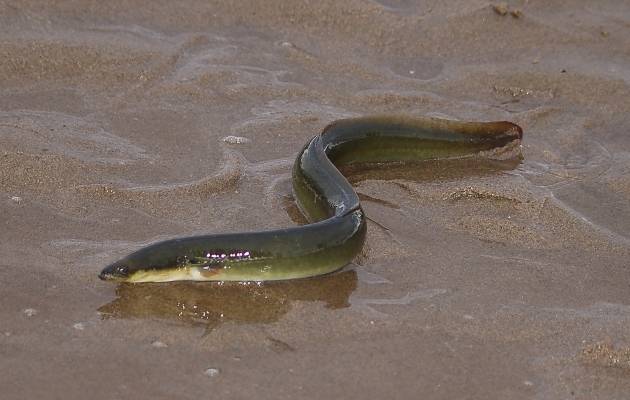
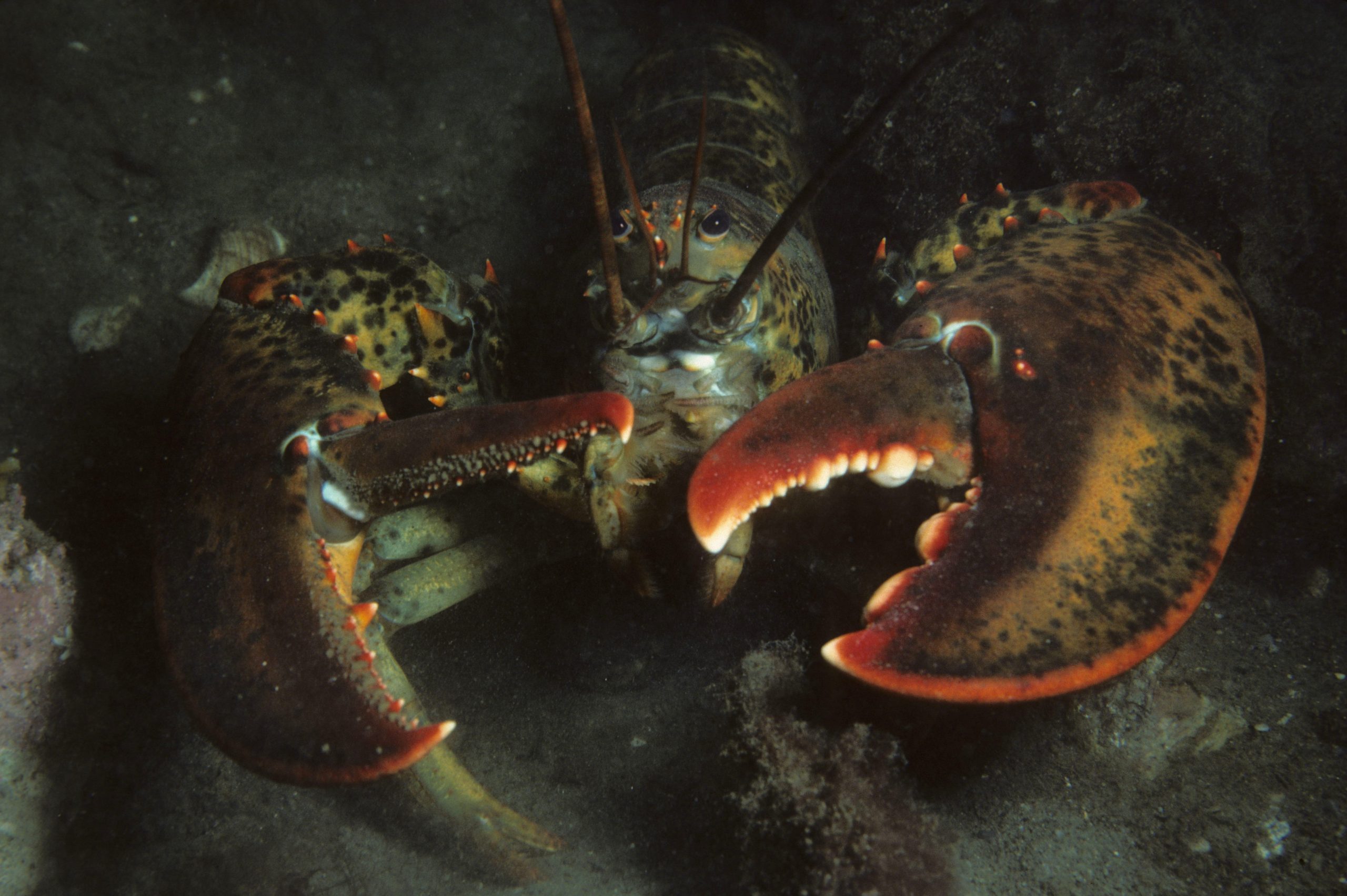


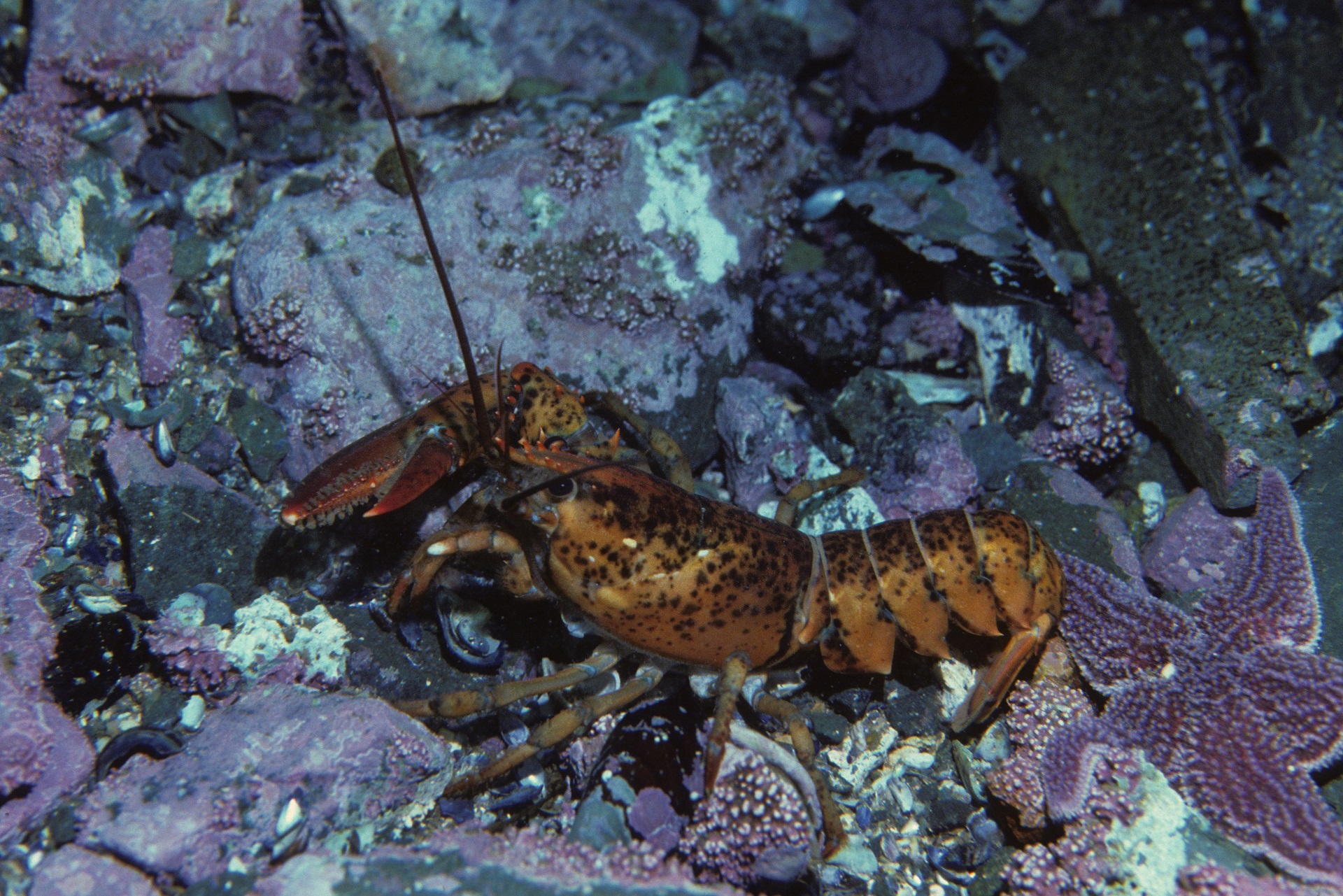
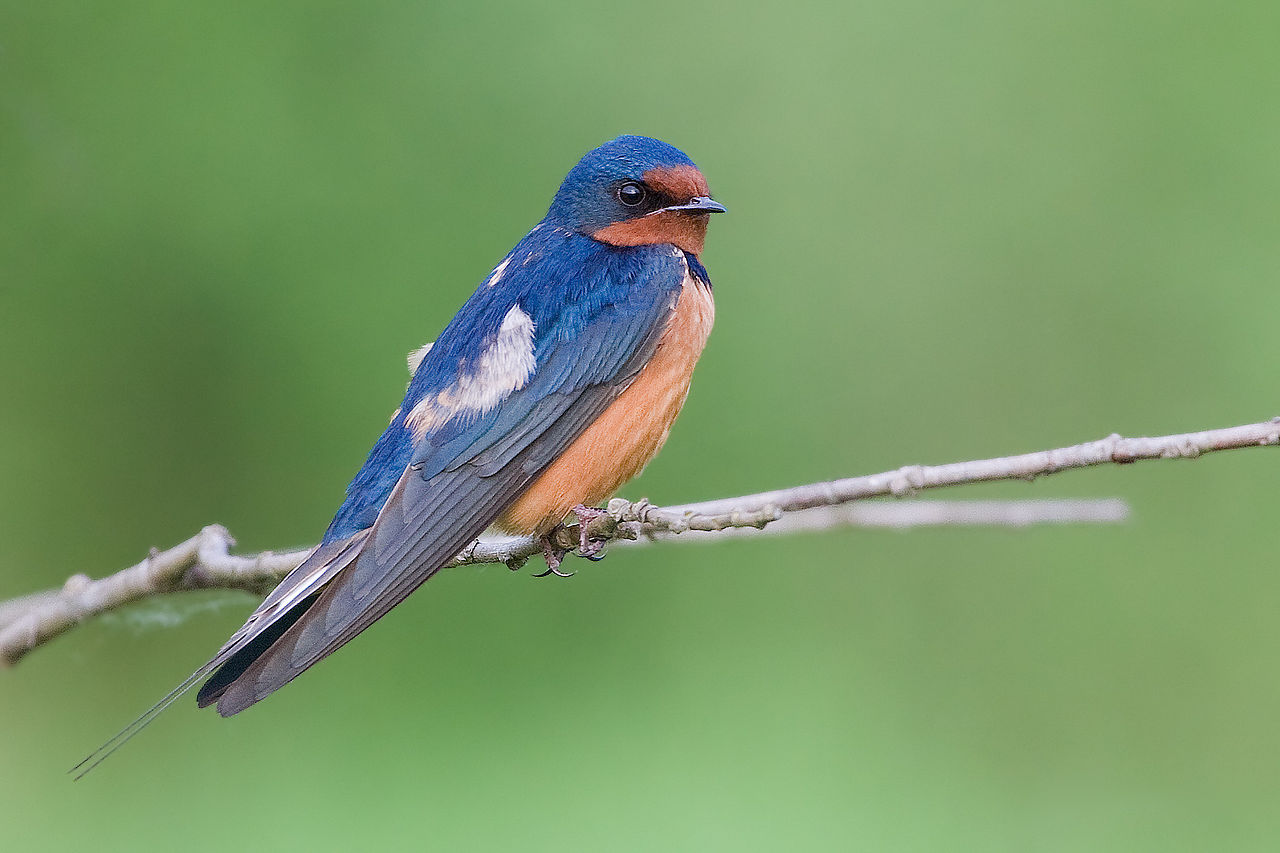

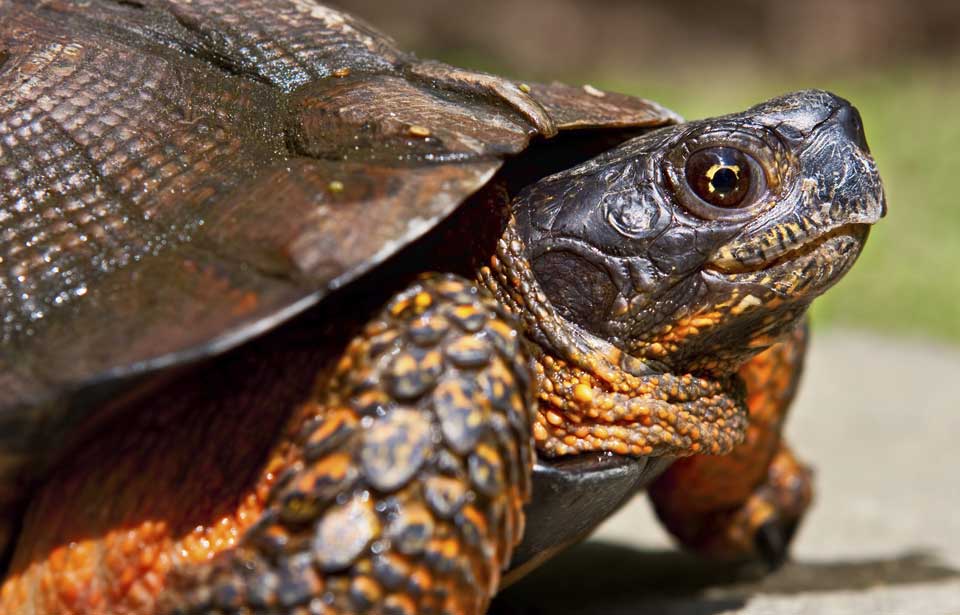
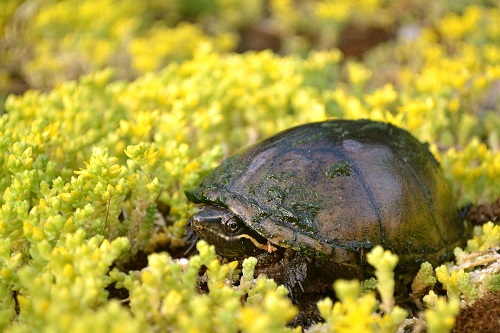

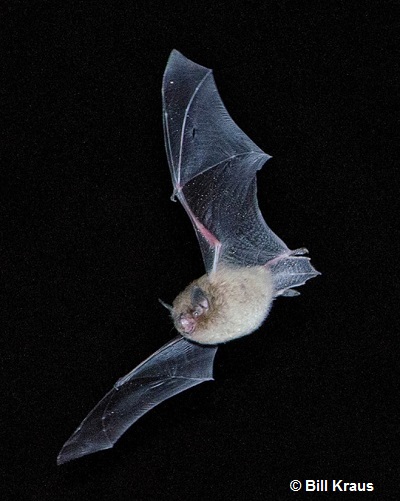

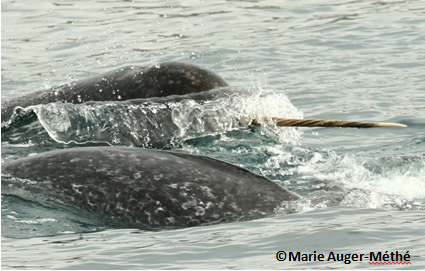
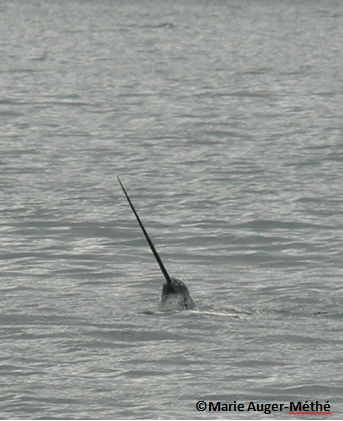
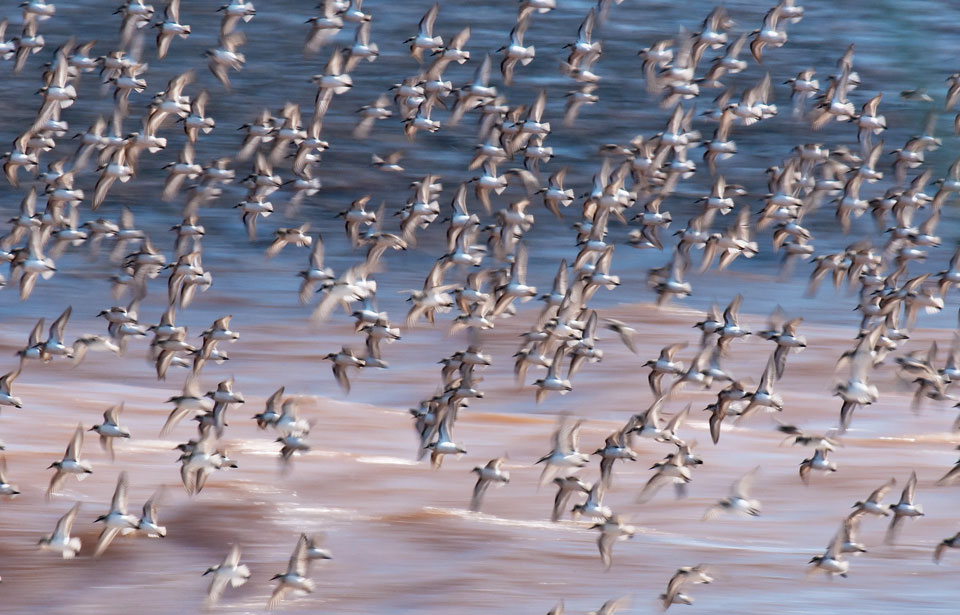
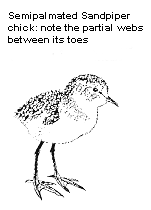 The Semipalmated Sandpiper Calidris pusilla, only about 30 g in weight and 14 cm long, is one of Canada’s smallest shorebirds. Its name comes from the partial webs between its toes. Males and females are identical in rather plain brown or grey plumage although females are slightly larger. The species can be difficult to distinguish from other small sandpipers.
The Semipalmated Sandpiper Calidris pusilla, only about 30 g in weight and 14 cm long, is one of Canada’s smallest shorebirds. Its name comes from the partial webs between its toes. Males and females are identical in rather plain brown or grey plumage although females are slightly larger. The species can be difficult to distinguish from other small sandpipers. 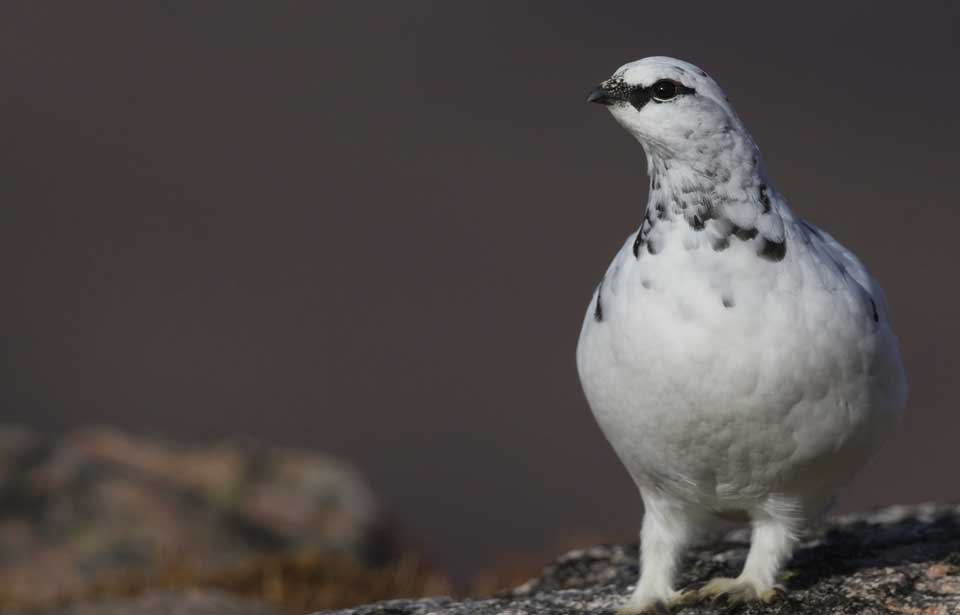
 Ptarmigans are hardy members of the grouse family that spend most of their lives on the ground at or above the treeline. Three species are present in North America: the Willow Ptarmigan Lagopus lagopus, the White-tailed Ptarmigan Lagopus leucurus, and the Rock Ptarmigan Lagopus mutus.
Ptarmigans are hardy members of the grouse family that spend most of their lives on the ground at or above the treeline. Three species are present in North America: the Willow Ptarmigan Lagopus lagopus, the White-tailed Ptarmigan Lagopus leucurus, and the Rock Ptarmigan Lagopus mutus.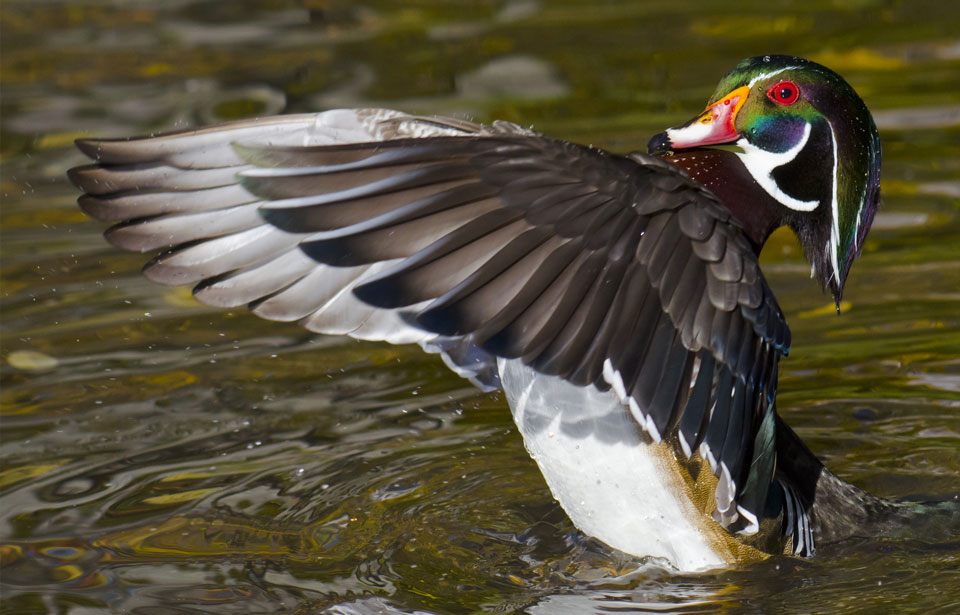
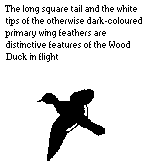 Many naturalists and hunters consider the Wood Duck Aix sponsa to be the most beautiful duck in North America, if not the world. The male in its multi-coloured breeding plumage, worn from October through June, is unexcelled among ducks. The female is less showy, although still beautiful and more colourful than other female ducks.
Many naturalists and hunters consider the Wood Duck Aix sponsa to be the most beautiful duck in North America, if not the world. The male in its multi-coloured breeding plumage, worn from October through June, is unexcelled among ducks. The female is less showy, although still beautiful and more colourful than other female ducks.